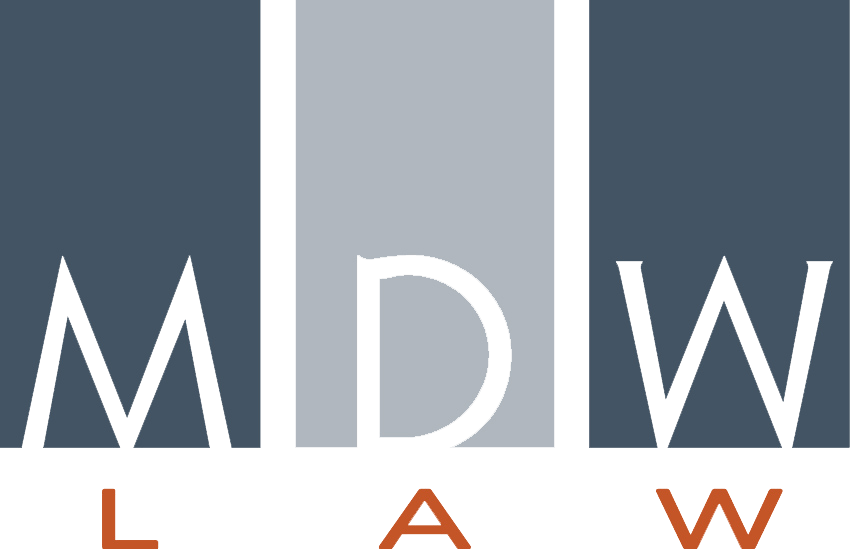Alix Digout – October 2021
Navigating through the aftermath of a motor vehicle collision can leave people feeling vulnerable and overwhelmed. At MDW Law, we work closely with our clients’ treatment providers to ensure they have the necessary tools and supports in place to work towards a positive recovery and successful personal injury claim.
Here are five tips for treatment providers whose patients have been injured in motor vehicle collisions and are moving through the personal injury claim process:
1. Most patients will have access to ‘no-fault’ accident benefits through their own automobile insurer (or the insurance policy for the vehicle they were travelling in) to fund “necessary and essential” treatment related to their collision injuries (up to $50,000). As a result of this funding, treatment providers are encouraged to refer patients for treatment and/or testing that they may not have otherwise been able to afford to assist in treating their collision-related injuries.
2. Keep legible notes! Medical evidence is the foundation of any successful personal injury claim and your chart notes/records will be requested by your patients’ lawyers to form part of the evidence supporting their entitlement to compensation. To be useful, chart notes must be easy to read. If possible, keep electronic notes so they are clear, concise, and easily transferable.
3. Causation is often at issue in personal injury claims due to the fact most adults have pre-existing injuries or conditions which may have been triggered or exacerbated by motor vehicle collisions. If possible, comment on whether a patient’s symptoms/injuries are directly related, i.e. sustained as a result of the collision, an exacerbation of a pre-existing condition, or unrelated to the collision; this helps settle legal disputes regarding what injuries are or are not related to the collision.
4. Ask questions about the holistic impact of the collision and resulting injuries on patients’ lives. For example, are their injuries impacting their ability to do their household chores and activities of daily living? If so, you may be able to suggest further treatment or aids to help them function during their daily activities. Also consider what, if any, mental health impacts they may be facing in addition to their physical injuries. For most people, if an injury is not “visible” or easily identifiable (such as mental health injuries), there may be a delay in receiving a diagnosis and treatment for these injuries.
5. Lawyers frequently request medical-legal reports. When authoring these reports, be objective and address any questions posed by the lawyer in relation to the patient’s diagnosis, prognosis, and treatment needs. For family physicians, it may be helpful to request/review paramedical treatment records, as most people see their massage therapist, physiotherapist, or chiropractor more often than they see their doctor; these records should have useful contemporaneous reporting of symptoms and restrictions.
